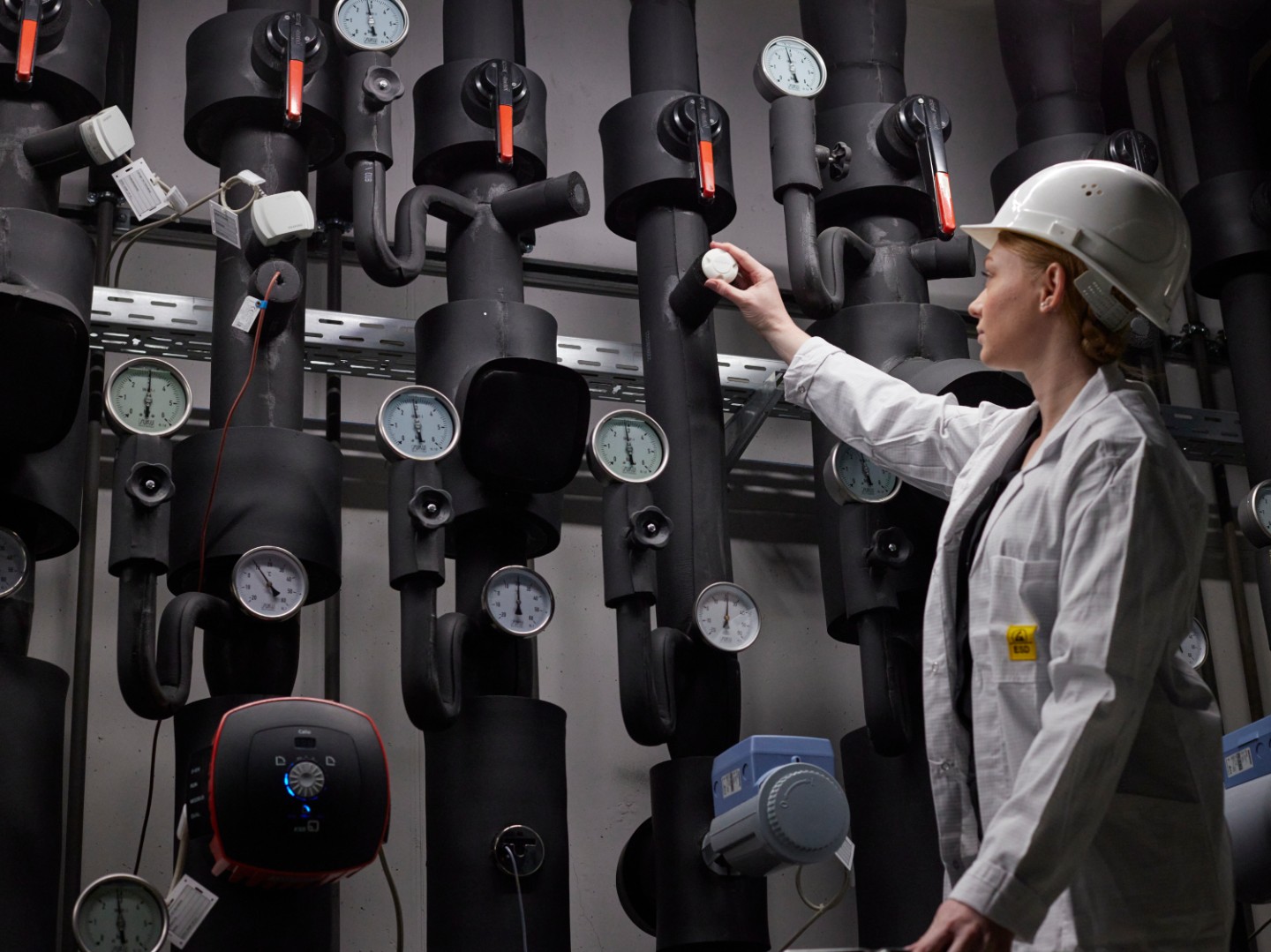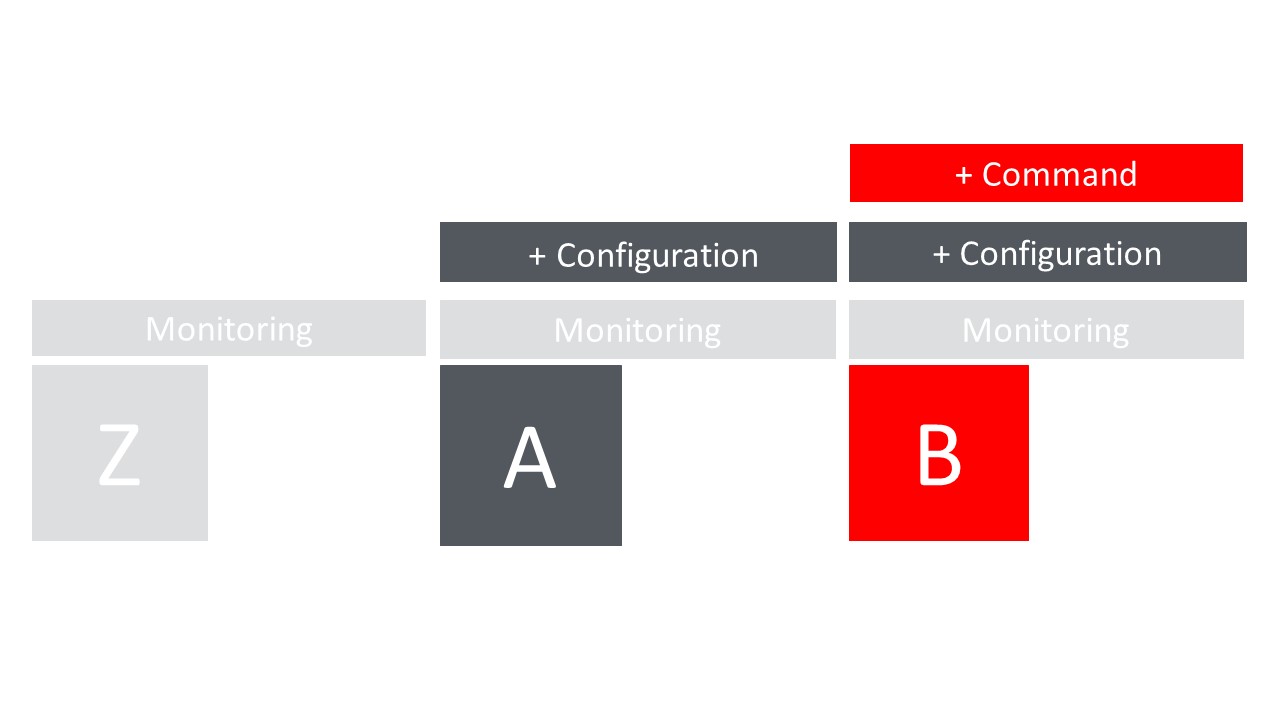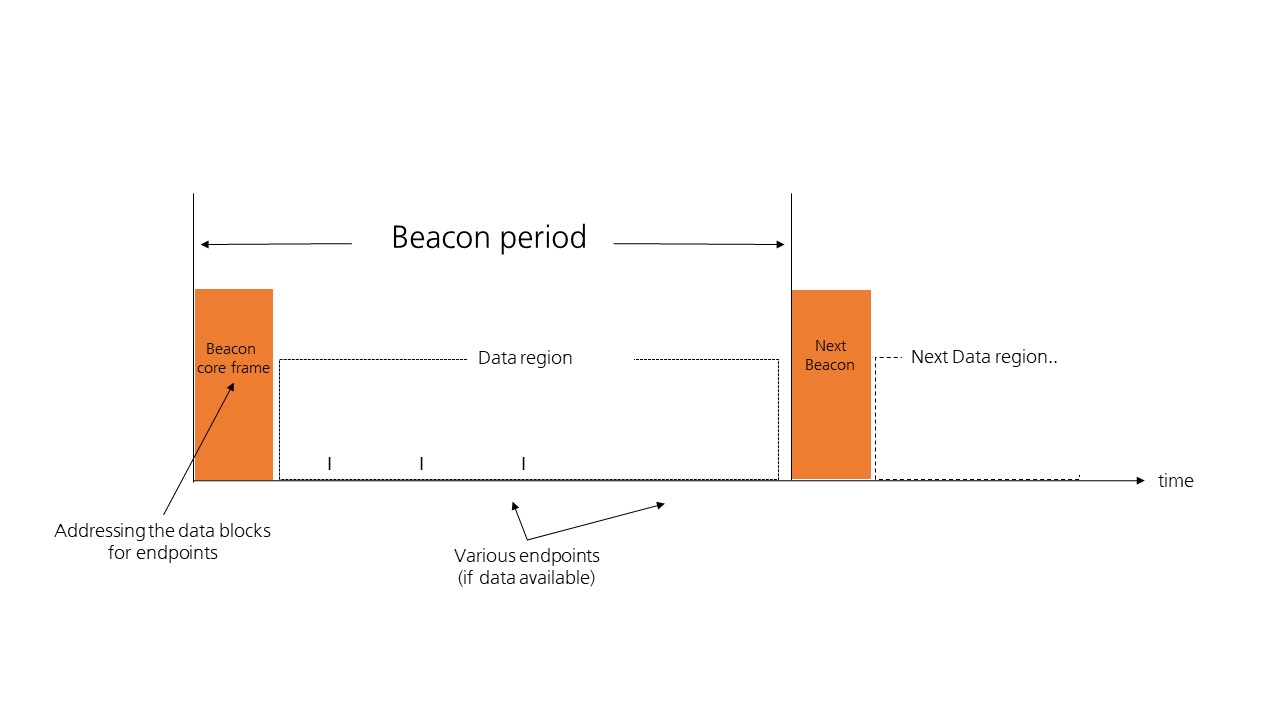mioty®
Designed for massive IoT applications in the Industrial Internet of Things (IIoT) or in the smart city sector, mioty ® wireless transmission technology reliably and robustly transmits data from hundreds of thousands of sensors, even over long distances. This is possible thanks to our patented telegram-splitting method. Standardized by the European Telecommunications Standards Institute (ETSI), mioty® is a hardware-agnostic software solution that is particularly useful in low-power wide-area networks (LPWANs).
As a result, the technology is specially designed for large-scale industrial and commercial IoT applications that require scalability in addition to high data availability and quality. Through the technological extension of mioty® with Class B, a whole host of additional possibilities are now available in the smart city, Industrial IOT (IIOT) and building management sectors. The usual measurement tasks, such as temperature measurement, can now be supplemented by control functions, such as heating or air conditioning.


